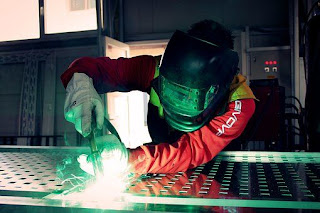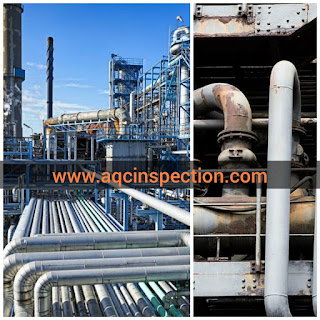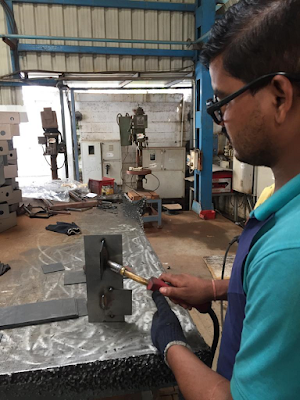Welding Safety
Welding Safety with Gas Cylinders On an oxyacetylene system there will be three types of valves, the cylinder valve, the regulator valve, and the torch valve . There will always be a set of three valves for each system, since the gas in the cylinders is at high pressure. A broken off valve will release extremely high pressures, which could cause the cylinder to become an extremely deadly flying missile. For this reason, never move an oxygen tank around without its valve cap screwed in place. An oxygen tank is especially dangerous for the reason that the oxygen is at a pressure of 21 MPa (3000 lb./in² = 200 atm) . Oxygen cylinders are generally filled to approximately 2200 psi . The regulator converts the high pressure gas to a low pressure stream suitable for welding. It is not recommended to directly use high-pressure gas. Pressurized cylinders must at all times be handled with great care. Shielding gases such as carbon dioxide, argon and helium are nonflammable and no-


